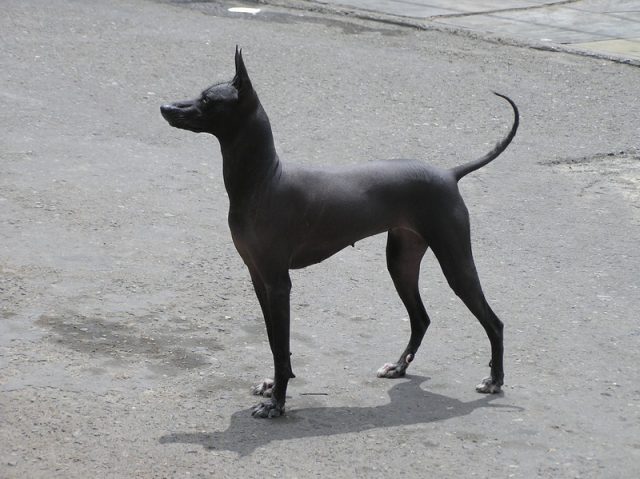MI weekly selection #31

Dog breeds in Americas trace ancestry to Asian dogs
A study found that modern breeds of Chihuahuas, Arctic sled dogs and Peruvian hairless dogs trace their ancestry to dogs that humans brought across the ancient land bridge that connected North America to Northeast Asia. The study compared DNA from Asian and European dogs with archaeological samples of ancient dogs and modern breeds in the Americas.
Bioengineered HIV virus treats genetic disease symptoms in studies
Italian researchers reported that they effectively eliminated the symptoms of children with two rare genetic diseases using gene therapy that involved a modified HIV-derived virus. The two clinical trials, published in the journal Science, focused on three children who were born with metachromatic leukodystrophy and three others with Wiskott-Aldrich syndrome. The virus, which was engineered so it could not cause AIDS, was attached with the normal version of the faulty gene found in each disease and delivered to bone marrow stem cells that were then transfused into the patients.
Ruins of ancient Greek colony paint picture of daily life
An archaeological dig at the ruins of Chersonesus, an ancient Greek colony on the Crimean peninsula founded 2,500 years ago, paints a picture of daily life in the rural town. The land was never reinhabited, so the remains of Chersonesus are well-preserved. “For instance, in one of the excavated ruins we have found the remains of a whole family. So we’re working on a murder scene dating back 2,300 years,” said project director Vladimir Stolba.
Bacterial Gene Transfer Gets Sexier
Mycobacterium smegmatis can donate larger portions of its genome to other bacteria than previously thought, approaching the level of gene shuffling seen in sexual reproduction.
Spider webs use electrostatic charges to capture prey
Spider webs function like microfiber dust cloths to capture passing prey using the electronic charge generated by flapping wings, according to a study. The findings could explain how spiders evolved to produce the light, flexible webs that react with electrically charged passers-by.